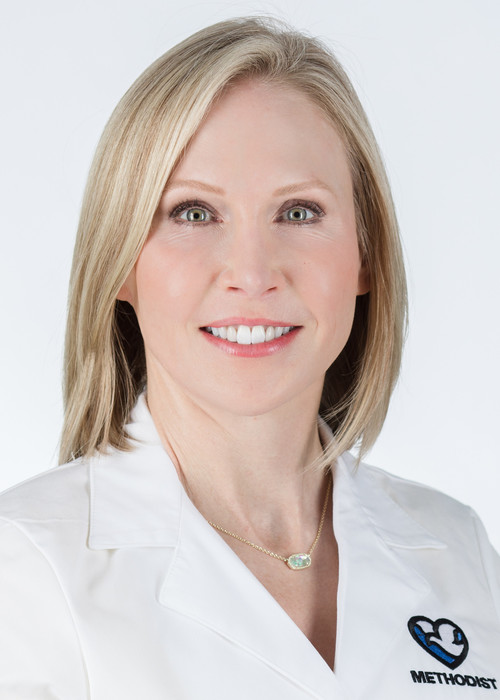




Women's Health
Are You At Risk for Osteoporosis? Start Building Stronger Bones Today
Published: June 2, 2021

Most people associate osteoporosis with postmenopausal women (age 65 and older), but the truth is: No matter your age or gender, you may be at risk and not even realize it. Because osteoporosis generally doesn’t cause symptoms, your first sign of brittle bones could be a bad break.
Risk Factors
The medical definition of osteoporosis is a T-score (how a person’s bone density compares to the average bone density of a 30-year-old) of -2.5 or less.
While the condition is typically related to age and subsequent hormone changes, osteoporosis can affect men and women younger than 65, who:
- Are underweight
- Have a family history
- Smoke
- Drink alcohol excessively
- Use steroids for prolonged periods of time
Certain health conditions may also increase a person’s risk for osteoporosis.
Screening and Treatment
Your health care provider will likely use a questionnaire to determine your risk for osteoporosis and whether screening is necessary.
The most commonly used screening method is a DEXA (dual energy X-ray absorptiometry) scan of the hip and lumbar spine. For a patient with a prosthetic hip, a DEXA scan of the wrist or a quantitative ultrasound may be ordered.
Although osteoporosis can never be fully reversed or cured, bone density can improve with appropriate medication, such as:
- Bisphosphonates (Fosamax, Boniva and Reclast)
- Peptide hormones (Forteo and Calcitonin)
- Denosumab injections (Prolia)
These medications work by decreasing the rate of bone breakdown.
Prevention
Again, osteoporosis can be inherited, but you can actively reduce your risk by:
- Consuming adequate dietary calcium and vitamin D
- Maintaining a normal body weight
- Doing weight-bearing exercise, such as walking or using resistance
- Avoiding alcohol and not smoking
As mentioned, one of the most important prevention measures is a diet rich in calcium and vitamin D. Some of the best calcium sources include:
- Dairy products, such as milk, cheese and yogurt
- Almond milk
- Dark green leafy vegetables
- Beans
- Tuna
- Salmon
Vitamin D – which our bodies produce with sunlight exposure – has fewer dietary sources. Some of the best sources include:
- Fortified milk
- Egg yolks
- Mushrooms
Between diet and supplementation, 1,200-1,500 mg of calcium is recommended daily. The daily recommendation for vitamin D is 400-800 IU. While there may be a link between higher-dose calcium supplementation and heart disease, more studies are needed to determine whether there’s an actual risk.
If you’re concerned about your risk for developing osteoporosis, have questions about screening, need help with smoking cessation or would like guidance on another prevention strategy, don’t hesitate to reach out to your primary care provider. Taking early steps to reduce your risk is imperative to preventing a break that could sideline you for weeks and negatively impact your quality of life.
More Resources
More Resources
- Learn more about nutrition and weight management services at Methodist.
- Learn more about DEXA scans at Methodist and schedule one today.
- Find a primary care provider.


